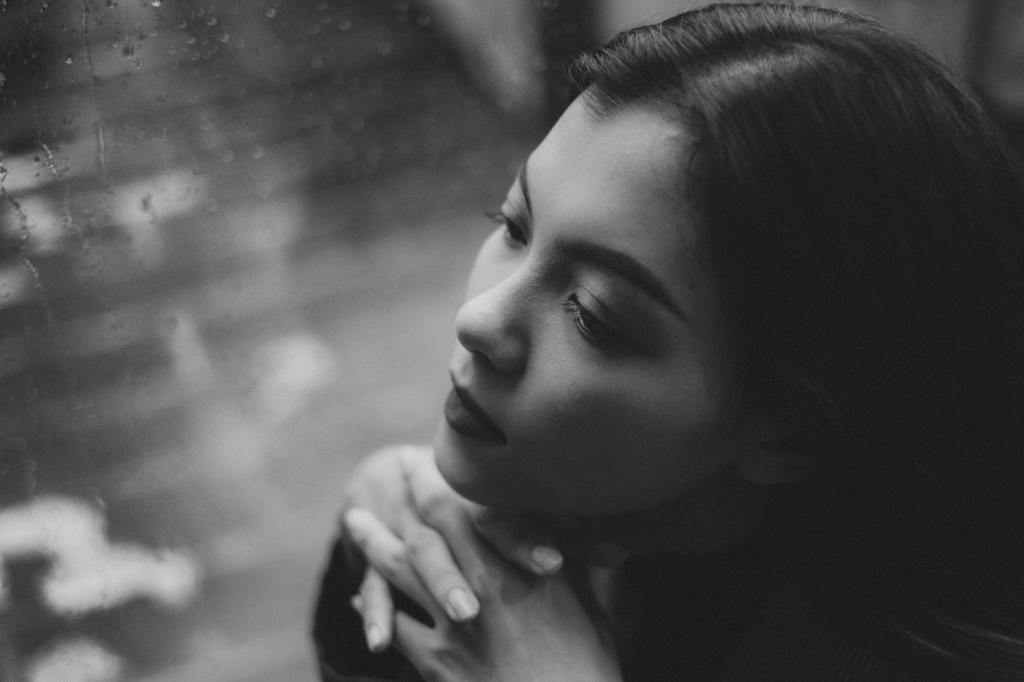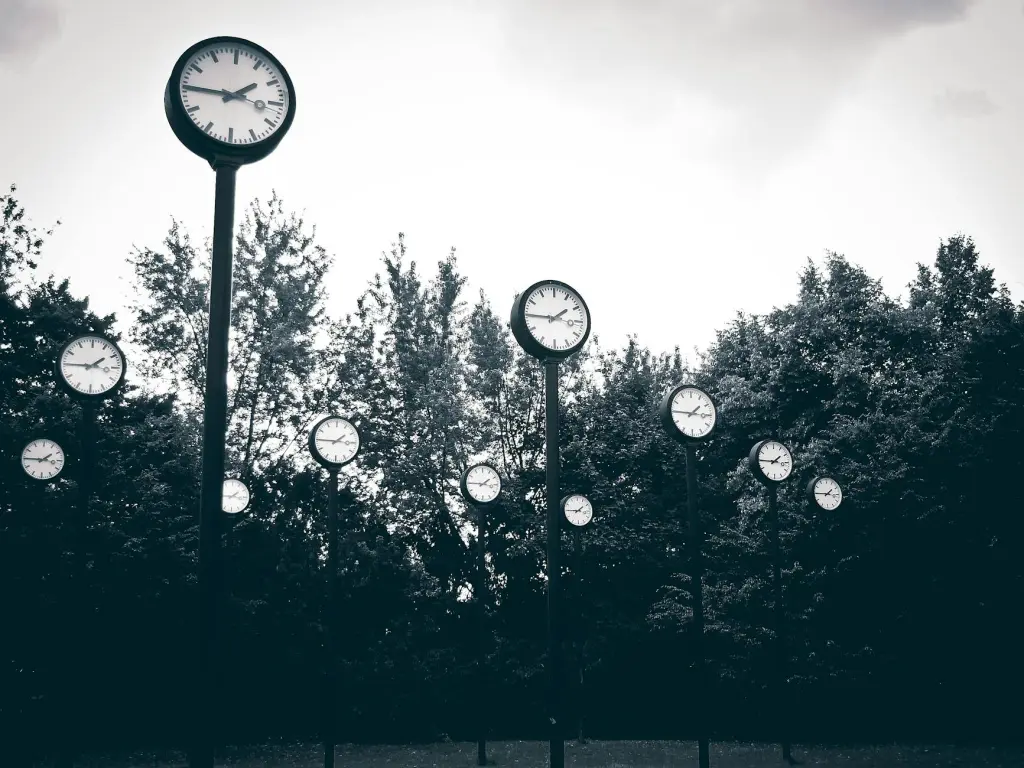by Miyah Lebofsky

She is the enigmatic girl with dyed hair, unconventional music taste, and a passion for adventure. He is the middle-class white man with an ordinary life and a pessimistic outlook. A love story as old as time.
In his review of the film Elizabethtown, film critic Nathan Rabin coined the term ‘manic pixie dream girl’ (MPDG) to describe a female character who “exists solely in the fevered imaginations of sensitive writer-directors to teach broodingly soulful young men to embrace life and its infinite mysteries and adventures.” The MPDG is never the main character and never experiences character development; instead, she acts as a love interest and narrative device to push forward the growth arc of a male protagonist.
While some might characterize any ‘quirky’ female character as a manic pixie dream girl, it’s a little more complicated than that. The easiest way to detect an MPDG in a narrative is by examining her relation to the protagonist. One of the most iconic MPDGs is Summer from the movie 500 Days of Summer. Despite being the titular character, we only learn about her through her interactions with the protagonist, Tom. Even when we learn about her personal feelings, it is meant to show the audience how those feelings impact Tom. You can usually spot the difference between a regular quirky love interest and an MPDG by considering whether she and the protagonist change each other, or she just changes him.
Although the term originated to describe a piece of adult fiction, the manic pixie dream girl trope started to become extremely popular in YA fiction novels in the mid-2000s, as seen by the rise in popularity of author (and my personal favorite VlogBrothers member) John Green. Green’s novels, such as Looking For Alaska and Paper Towns, are very representative of the MPDG trope. It is unsurprising that these books would become popular with a primarily female audience during a time when being ‘not like other girls’ was considered ideal, but is consuming this type of content damaging to its audience?
As young adults, most girls are not fully self-actualized and instead look to their favorite characters to gain an idea of what a woman ‘should’ be. This is especially harmful when the most popular MPDG characters are all thin white women who reject stereotypically feminine interests. This not only affects how these girls view themselves but also how they view other
women.
To men, manic pixie dream girl narratives are very ego-flattering. Whereas women strive to become the dream girl character, the male protagonist becomes a self-insert character for men. This reinforces the societally prevalent idea that men are truly important while women’s importance can be measured by their effect on men and how they serve men’s quest for
self-actualization.
Ultimately, manic pixie dream girl characters are just that—characters, and there is nothing inherently wrong with consuming content containing the trope. However, it is important to be considerate of how these characters impact your way of viewing and treating women. But maybe I’m just sick of being called Ramona Flowers.

Miyah Lebofsky is a sophomore at FSU majoring in Studio Art and Psychology. She is the assistant visual arts editor for the Kudzu Review. She is passionate about painting, movies, and reading.
Want to read more? Check out the Kudzu Review’s latest posts!






Leave a comment